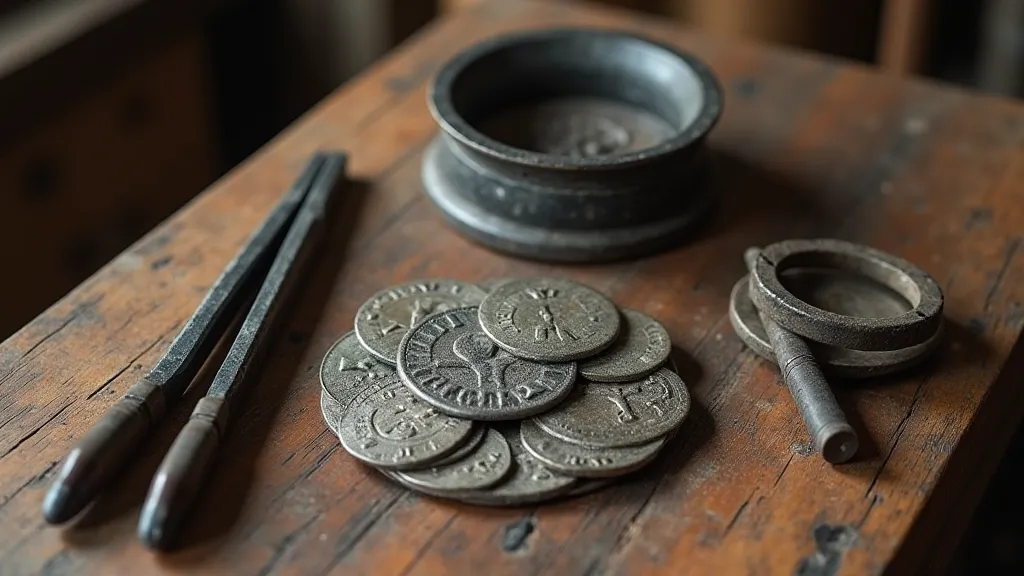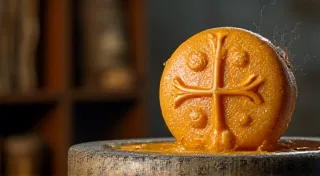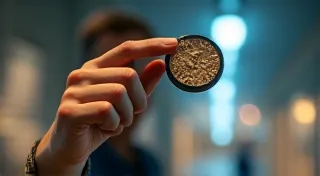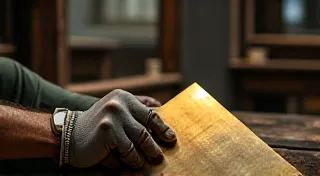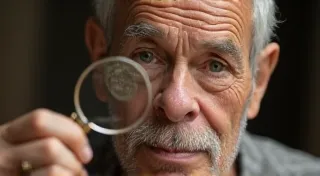Fragmented Memories: Reconstructing History Through the Imperfections of Replica Casting
The weight of a coin in your hand is deceptively small. Less than a few grams, and yet, within that tiny disc of metal resides an echo of an empire, a whisper of a face long gone, a tangible link to a world both familiar and utterly alien. I remember the first Roman coin replica I attempted – a denarius of Trajan, painstakingly cast in pewter. It wasn't perfect, far from it. Tiny bubbles clung to the surface, the detail of his laurel wreath was a little softened, the incuse lettering wasn't quite sharp. I was initially frustrated. My goal, in my youthful ambition, was to create an exact reproduction. What I got was… something else. Something more profound.
That initial disappointment gradually morphed into understanding, then appreciation, and finally, a quiet reverence. The imperfections, I realized, weren’t failures; they were signatures. They were the marks of *my* effort to reach across centuries, to grapple with the skills and challenges faced by the artisans who created the originals. They were a testament to the inherent impossibility of perfect replication, and a doorway to a deeper understanding of both Roman history and the human impulse to create.
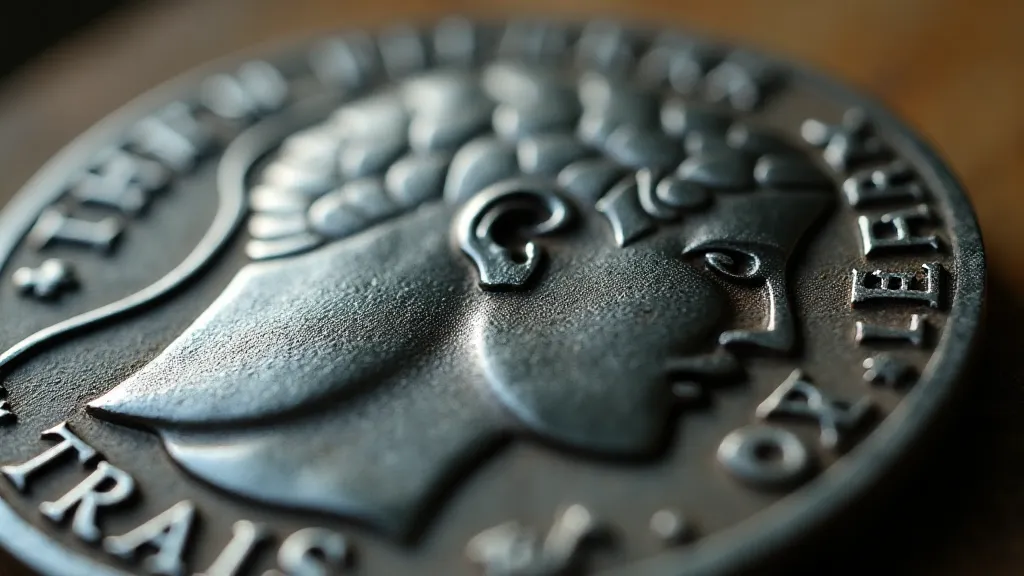
The Enduring Legacy of Roman Coinage
Roman coinage wasn't merely about economic transactions; it was a powerful tool for propaganda, a miniature portrait gallery of emperors and gods, and a crucial element of Roman identity. From the denarius to the sestertius, each coin carried a message—announcing victories, showcasing imperial generosity, or solidifying the emperor’s image in the minds of the populace. Examining original coins, even in museums, can feel like holding history directly in your hands, feeling the same metal that passed through the grasp of Roman citizens millennia ago. This connection is compelling, and the desire to recreate these artifacts is a natural response to their enduring power.
But recreating that power perfectly? That’s a quixotic quest. The original Roman mints employed highly skilled artisans, but even their processes were susceptible to impurities in the metal, variations in the molds, and the inherent limitations of their technology. We, attempting to replicate their work with modern tools, face similar, albeit different, challenges. Our molds might be more precise, our metals potentially purer, but the act of casting itself introduces its own set of imperfections.
The Beauty of the Imperfect Cast
I’m a firm believer that striving for perfection can blind us to the beauty of the imperfect. Consider the patinas on genuine ancient coins—the subtle hues of green, brown, and silver that accumulate over centuries of burial and exposure. These aren't flaws; they're the story of the coin's journey through time, a testament to its survival. To replicate those patinas perfectly would require more than just chemicals; it would require replicating the very passage of time, an impossible feat.
Similarly, the small bubbles that inevitably cling to the surface of a cast replica, the slight variations in the sharpness of the relief—these aren’t failures of the process; they're reminders that we are engaging with a human endeavor. They tell a story of our own skills, our tools, and our commitment to recreating something extraordinary.
My grandfather, a master carpenter, used to say that "a perfectly straight line is a mistake." What he meant was that every hand-hewn piece of wood bore the mark of the craftsman—the subtle variations in texture, the slight imperfections that spoke of human touch. Casting Roman coin replicas is much the same. The pursuit isn’t about eliminating those marks; it’s about understanding them, appreciating them, and embracing them as integral parts of the creative process.
Modern Tools, Ancient Techniques
Creating Roman coin replicas today can be approached in several ways. Lost-wax casting, a technique surprisingly similar to what the Romans themselves likely used, remains the gold standard for achieving detailed results. Silicone molds, easily made from originals or high-quality master replicas, allow for relatively easy reproduction. However, the casting itself—pouring molten metal into the mold—is where the magic, and the imperfections, happen.
The type of metal used also influences the final result. Pewter is a popular choice for beginners, as it's relatively easy to cast and safe to work with. Bronze, closer in composition to the original Roman alloys, offers a more authentic feel but requires greater attention to safety precautions. Even the temperature of the molten metal, the speed of the pour, and the venting of the mold can all affect the final result. These are nuances that demand experimentation and a willingness to learn from mistakes.
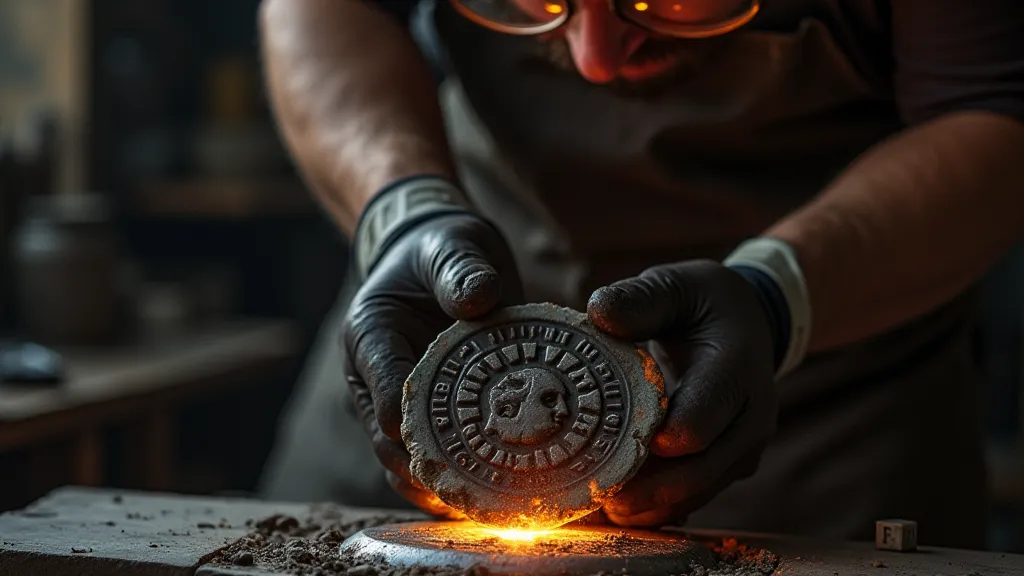
Beyond Replication: A Deeper Understanding
The act of casting Roman coin replicas isn’t simply about creating objects; it's about engaging with history in a tactile and meaningful way. It fosters a deeper appreciation for the skill and artistry of the Roman artisans, and it compels us to confront the challenges inherent in recreating the past. It also encourages research. Understanding the historical context of a particular coin—the events it commemorated, the symbolism it embodied—enhances the entire creative process.
Furthermore, the imperfections we introduce through the casting process, ironically, become a valuable tool for self-reflection. They force us to acknowledge the limitations of our own abilities and to appreciate the inherent fallibility of all human endeavors. They remind us that history is never a pristine narrative; it’s a fragmented memory, pieced together from imperfect sources.
I'm often asked if I’m discouraged by the imperfections in my casts. Quite the opposite. They are what make each replica unique, what connects me to the past, and what inspire me to continue learning and experimenting. They are the fingerprints of my own efforts to grapple with history, to bridge the gap between then and now. And in that act of creation, I find a profound sense of connection and a renewed appreciation for the enduring legacy of the Roman Empire.
